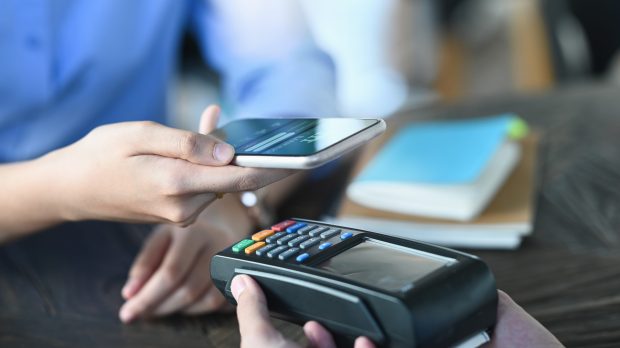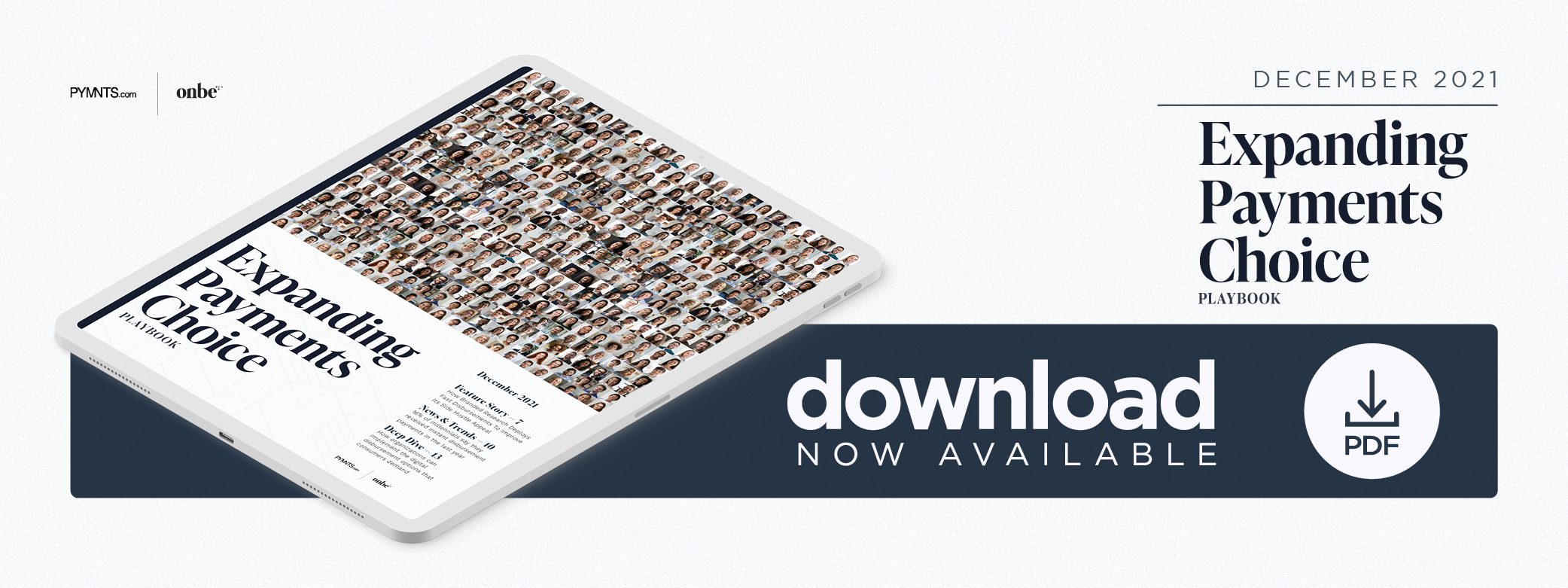Deep Dive: What Consumers Look for When Choosing Digital Disbursement Methods

Digital payments have exhibited unprecedented growth in the past several years. The market was valued at more than $5.4 trillion in 2020 and is expected to reach $11.3 trillion by 2026, representing a robust compound annual growth rate (CAGR) of 11%.
The key factors driving this growth are the rapid shift from cash and checks to debit and credit cards, the rise of smartphone-based payment options — such as digital wallets and peer-to-peer payment apps — and record numbers of disbursements and other payments being made to consumers through digital means.
The boom in digital payment adoption has whetted consumers’ collective appetite for disbursement choice. Consumers are quickly becoming used to receiving disbursements quickly and easily, and it drives their choice of which businesses to patronize. A recent PYMNTS study found that 66% of customers would be more likely to continue doing business with firms that provided free instant payment options.
The following Deep Dive examines what draws consumers to various digital disbursement choices and explores the challenges businesses face in implementing the options consumers demand.
Consumers’ Disbursement Priorities
Consumers have a range of priorities when selecting a specific means of transacting digitally, whether sending or receiving. A recent study found that 47% of consumers cited security as their highest priority, 36% prioritized speed and 39% desired ease of use above all else.
Security concerns are understandable, as many consumers made digital payments or received electronic disbursements for the first time during the pandemic and were unaware of the best practices to keep themselves safe from fraud. A recent survey found that the number of consumers who reported falling victim to payment fraud increased 20% since the pandemic’s onset. It also revealed that 65% of consumers have grown more concerned about fraud during this time, with 56% noticing more phishing attempts.
Many of these same factors also drive how consumers prefer to receive disbursements. They are becoming frustrated with disbursement methods that involve multiple steps, such as those requiring several forms of recipient authentication.
One study found that 72% of U.S. consumers preferred to avoid giving their signatures, for example, and 51% of shoppers leveraged contactless methods that could make and receive payments nearly instantly, such as Apple Pay or tap-and-pay cards. Customers are even willing to pay extra for faster payouts, according to a 2021 PYMNTS survey, in which 20% of consumers said they would pay a fee to receive disbursements instantly.
Organizations are scrambling to offer the disbursement options their clients crave to drive loyalty and prevent customer attrition. They face significant challenges in doing so, including security issues and interoperability, but these obstacles are far from insurmountable.
Offering the Choices Consumers Demand
Businesses are working overtime to adopt new digital disbursement options. A Visa study found that by the end of 2020, 82% of surveyed small- to medium-sized businesses (SMBs) had implemented new forms of technology in response to changing consumer behaviors, with 30% of these businesses digitizing payment operations.
One important challenge facing companies in the implementation of these digital disbursements and other digital payment functions is their interoperability. Businesses overwhelmed by the array of available disbursement options may choose to limit themselves to offering just a handful, reducing the number of consumers willing to do business with them.
Another ever-present issue is the potential for digital fraud, as every digital disbursement channel can serve as a new entry point for bad actors. Digital payment systems also are vulnerable to fraudsters’ data-mining efforts, which may threaten customer privacy and increase the danger of breaches.
These problems will need to be addressed before digital disbursements can reach their full potential, but numerous solutions can help businesses tackle these issues head-on, solving both interoperability and fraud challenges as well as reducing the costs of payments, reducing administrative burdens and enabling payments at scale.
One such solution comes from corporate disbursements platform Onbe, which offers a digital disbursements solution that handles the entire payments process, including risk reduction for fraud, compliance and regulatory issues.
The bigger challenge with offering quick and effective disbursement solutions is not the lack of solutions but, instead, the lack of awareness that such solutions exist. Countless businesses have been issuing checks for years without realizing that digital payments offer a simpler, more cost-effective way for them to issue these payments. Offloading complex disbursement challenges to third-party providers not only streamlines their own processes but at the same time improves their end recipients’ experiences.

